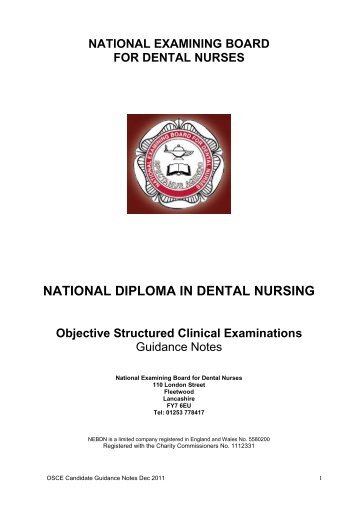

In conducting a post-incident process assessment, it is important to avoid the problem of hindsight bias. Relationship Between A Priori and Post-Facto AssessmentĪlthough advance preparation is essential, incident investigations are conducted after the fact-that is, after a loss-producing event or a near-miss has occurred.

This point is expanded upon in the following sections.

Such guidelinesĮmphasize the need for a PSM system to be simultaneously retrospective and prospective, with incident investigation providing the vital bridge between the lessons of the past and safer designs and operation in the future (CCPS, 2003). Indeed, it is one of the mandatory elements of OSHA’s PSM standard, which requires, “the investigation of each incident that resulted in, or could reasonably have resulted in, a catastrophic release of a highly hazardous chemical in the workplace” (Department of Labor, 2000).Ĭomprehensive protocols and advice are available for conducting investigations of chemical process incidents (e.g., CCPS, 2003). INCIDENT INVESTIGATION-AN ESSENTIAL COMPONENT OF A SAFETY MANAGEMENT SYSTEMĪs noted in Chapter 7, incident investigation is not a one-time, stand-alone event, but instead a necessary element within a functioning process safety management (PSM) system. This chapter also provides information regarding emergency response systems and discusses how ISP assessments could be used to improve and support effective emergency planning and response. Examples are provided to demonstrate how this might be done and the extent of current practice in this regard.

The conclusion from the analysis presented here is that the principles of ISP assessment can be used to good effect in conducting an incident investigation when the objective is the prevention of potential incidents having similar fundamental, underlying (root) causes. Part 3.5 of this study’s statement of task was to “omment, if possible, on whether and how inherently safer process assessments can be utilized during post-incident investigations.” Unlike the preceding chapter, this portion of the task looks beyond Bayer and requires broad consideration of the application of inherently safer process (ISP) assessments under these circumstances. Post-Incident Retrospective Process Assessment


 0 kommentar(er)
0 kommentar(er)
